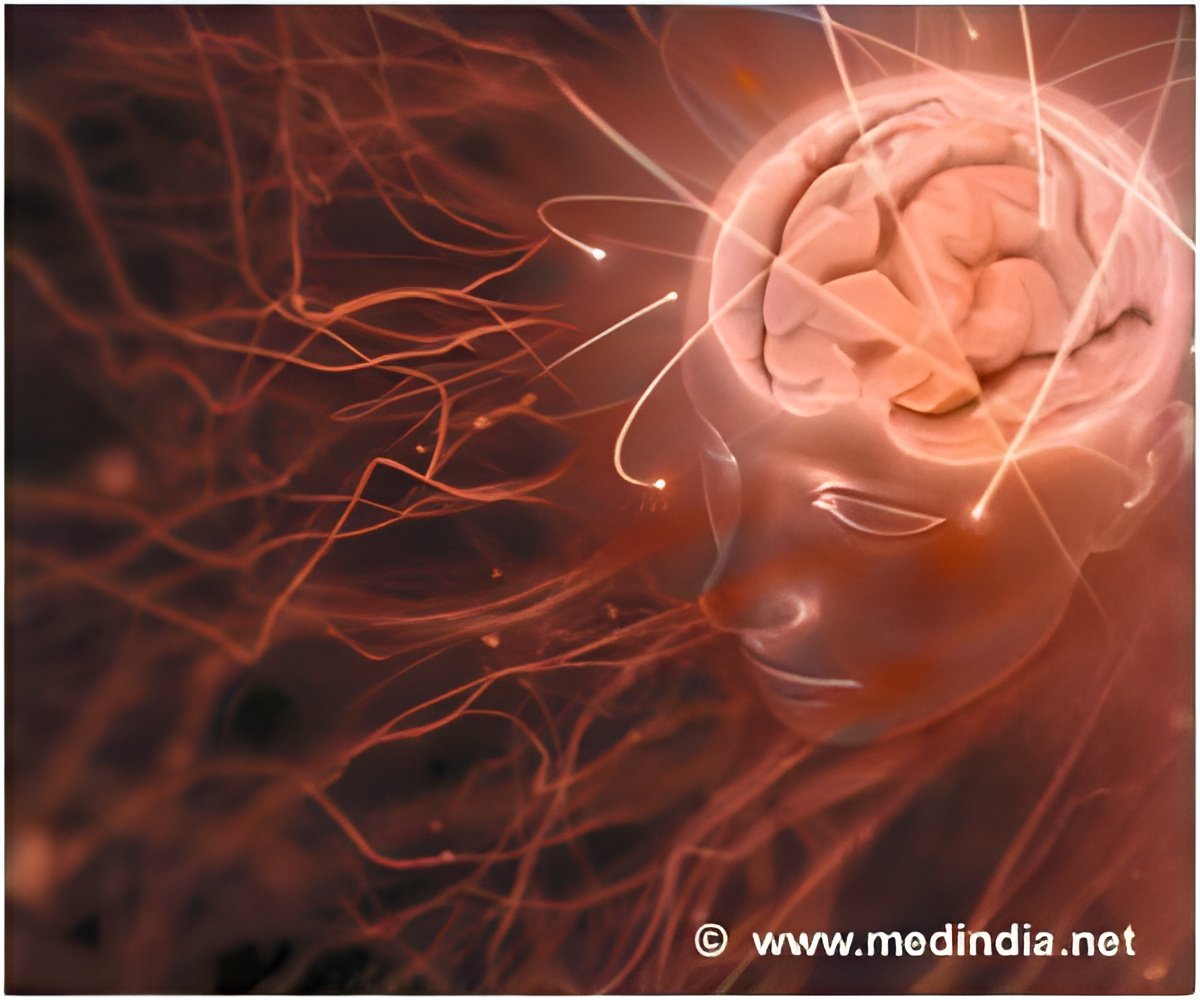Inherited mutations to the gene that codes for PINK1 can stop a person from making working versions of the protein.

‘Some degenerative brain diseases appear to be caused by a combination of genetics and environment. Genetics may leave some people "predisposed" to be at risk for SNO-related Parkinson's Disease.
’





"The new finding gives us a clue as to where to intervene," said Lipton, who holds a joint position at the University of California, San Diego, School of Medicine, where he is a practicing clinical neurologist involved in the care of Parkinson's patients. The study was published in the journal Cell Reports. 'PINK-SNO Man' Implicated in Parkinson's
The SNO reaction attaches a nitric oxide-like molecule to protein called PINK1, where the molecule attaches to a building block on PINK1 called a cysteine residue. This changes PINK1's activity--and its ability to do its job.
Since Lipton's group co-discovered the SNO reaction some 20 years ago, scientists have linked the reaction to protein misfolding and nerve cell damage in cases of Alzheimer's, Huntington's, amyotrophic lateral sclerosis (ALS/Lou Gehrig's disease) and Parkinson's disease, as well as heart/cardiovascular disease and cancer.
In the new study, Lipton and his colleagues used human stem cell and mouse models to show exactly how SNO can trigger cell death in Parkinson's disease. They found that when SNO modifies PINK1, nerve cells cannot recruit another protein called Parkin to get rid of damaged mitochondria.
Advertisement
Previous studies had shown that inherited mutations to the gene that codes for PINK1 can stop a person from making working versions of the protein. This means their neurons cannot clear damaged mitochondria, and those cells eventually die--which can cause Parkinson's.
Advertisement
"Formation of PINK-SNO is definitely harmful to nerve cells in the Parkinson's brain," said Lipton.
So where are these reactive nitrogen species coming from? The scientists noted that cells can generate excessive nitric oxide in response to pesticide exposure, other toxins, and possibly even air pollution.
"This is a scary thought, but also a hopeful thought," said Lipton. "if we can figure out how we're doing this to ourselves, we may be able to control it."
The new study adds to the evidence that some degenerative brain diseases appear to be caused by a combination of genetics and environment. Lipton explained that genetics may leave some people "predisposed" to be at risk for SNO-related Parkinson's.
Because humans inherit two copies (one from each parent) of the gene that encodes PINK1, we all have at least one copy of the gene if the other is mutated. Depending on the protein, this may or may not be sufficient for normal function.
"But, in any event, if the protein translated from the remaining good copy of the gene is then targeted by SNO, then you are stuck making dysfunctional PINK1 even from the remaining good copy of the gene," said Lipton. "The take-home message here is that the environment may affect you based on your individual genetics, and thus both are influential in causing diseases like Parkinson's."
Interestingly, Lipton's team found that SNO-ing appears to occur early in disease progression--early enough that intervention may be able to save brain function. He said the next step is to study how we can prevent these aberrant SNO reactions on particular proteins like PINK1.
Source-Eurekalert








